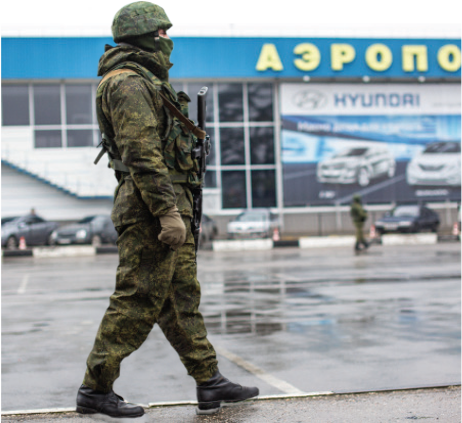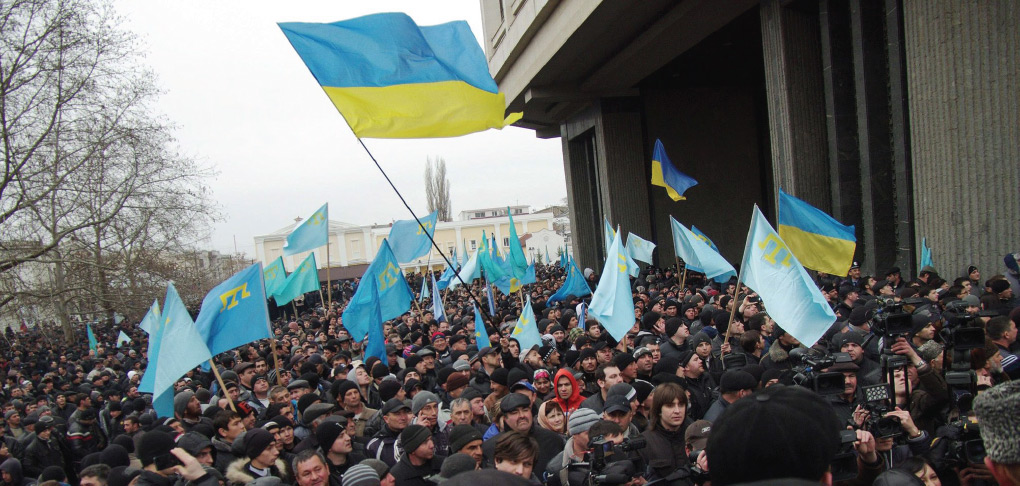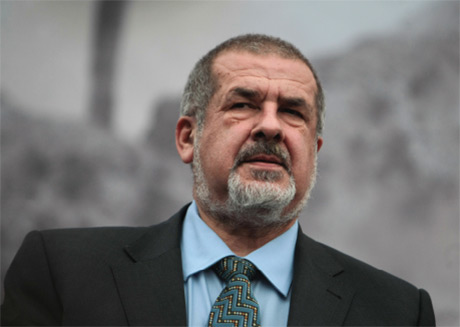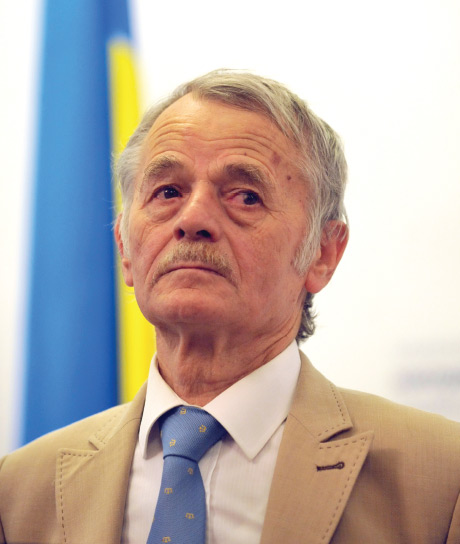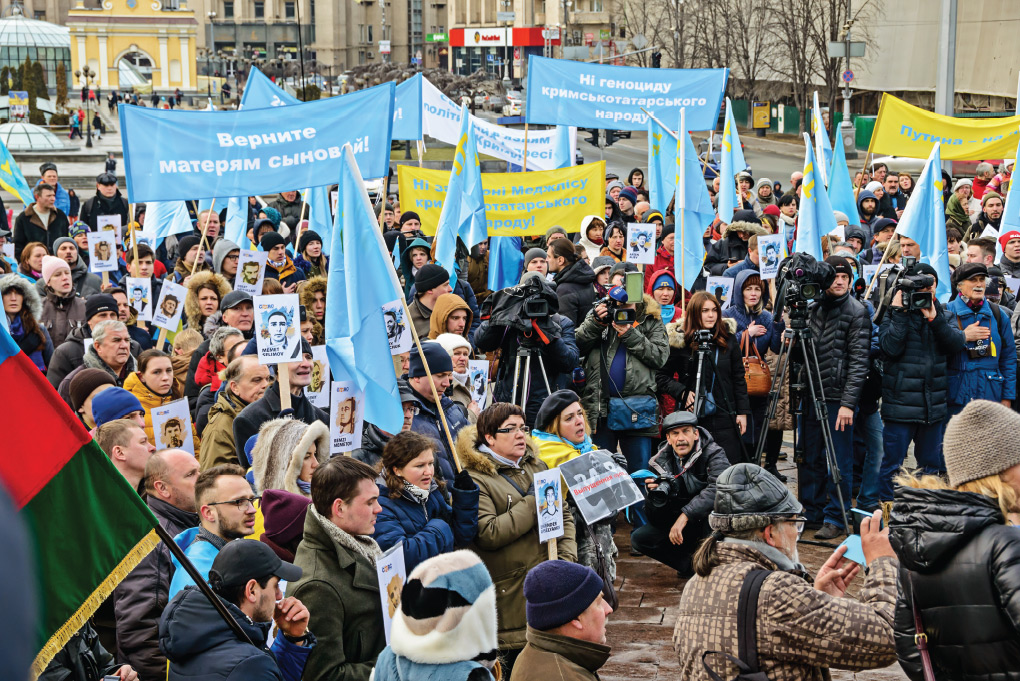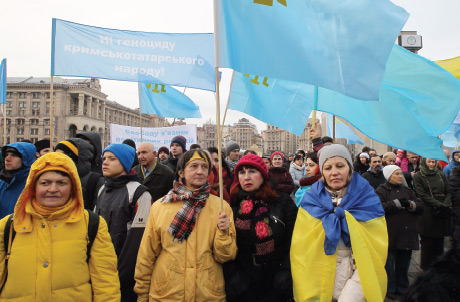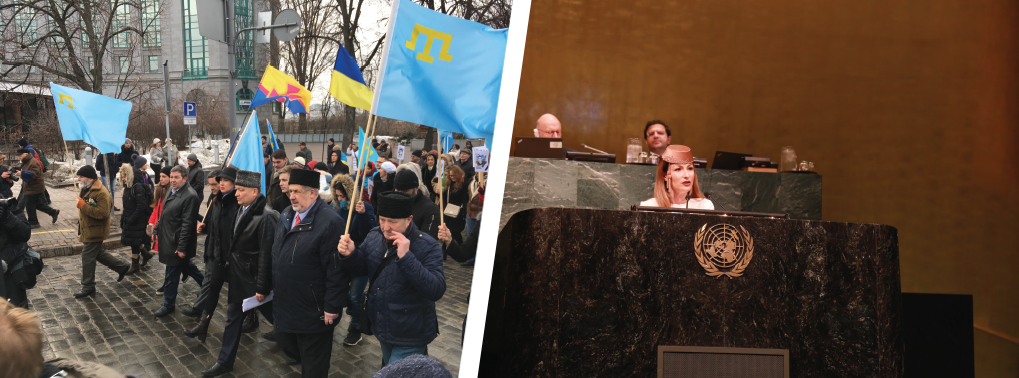On 20 February 2014, Russia once again started the annexation of Crimea. On February 26th, a resistance rally, led by Crimean Tatars, took place in Simferopol outside the Crimean Legislative Council (Verkhovna Rada). Over a number of days, unidentified Russian military personnel seized control of the peninsula.
After an illegal referendum, Crimea was annexed by Russia. Crimean Tatars expressed active support for preserving the territorial integrity of Ukraine, and took to the streets to express opposition to the annexation of Crimea by Russia. A wave of repressions aimed at Crimean Tatars began.




